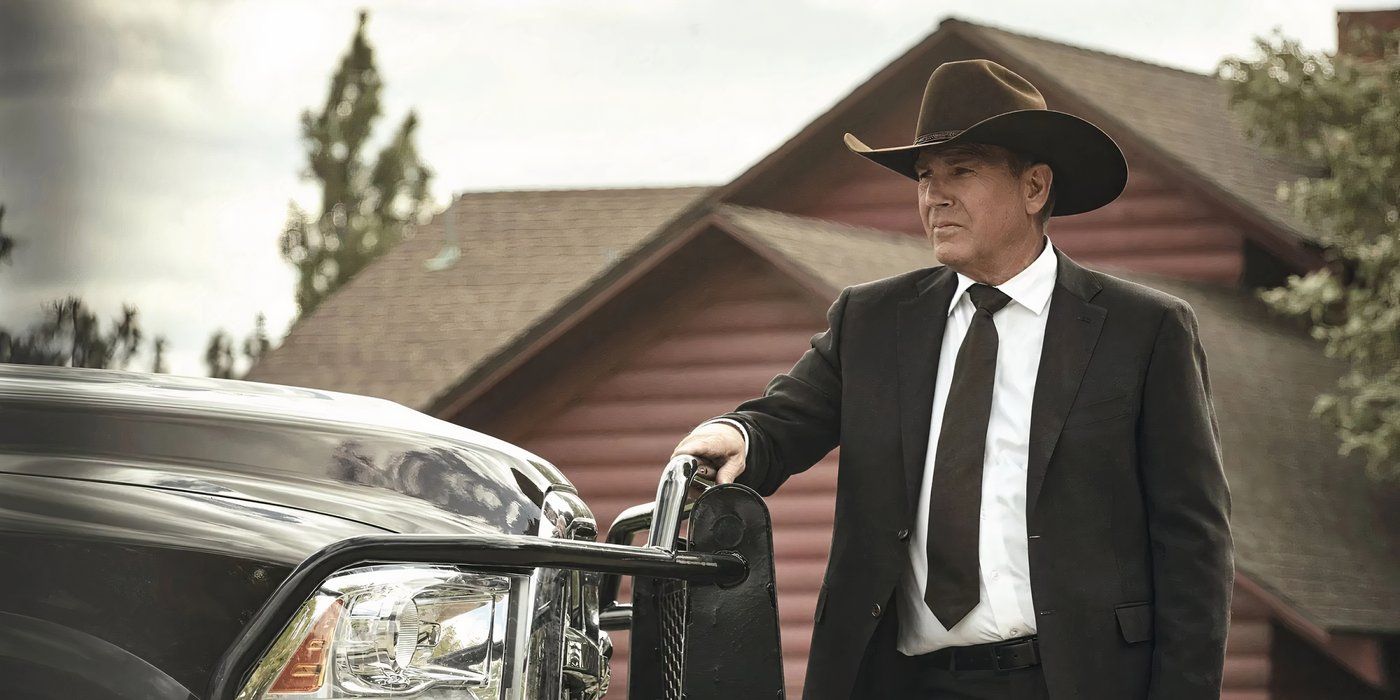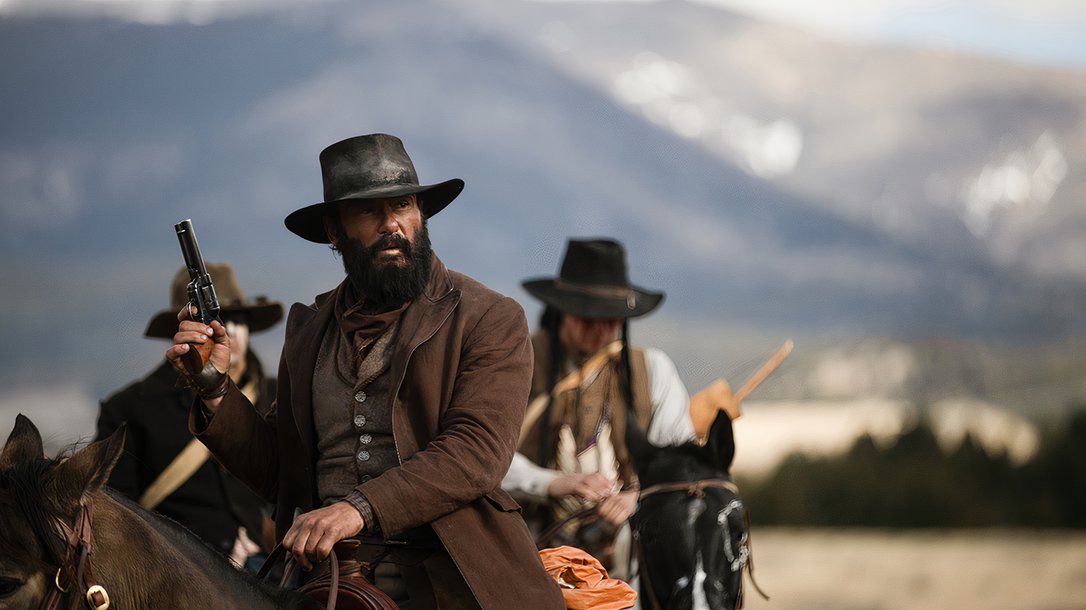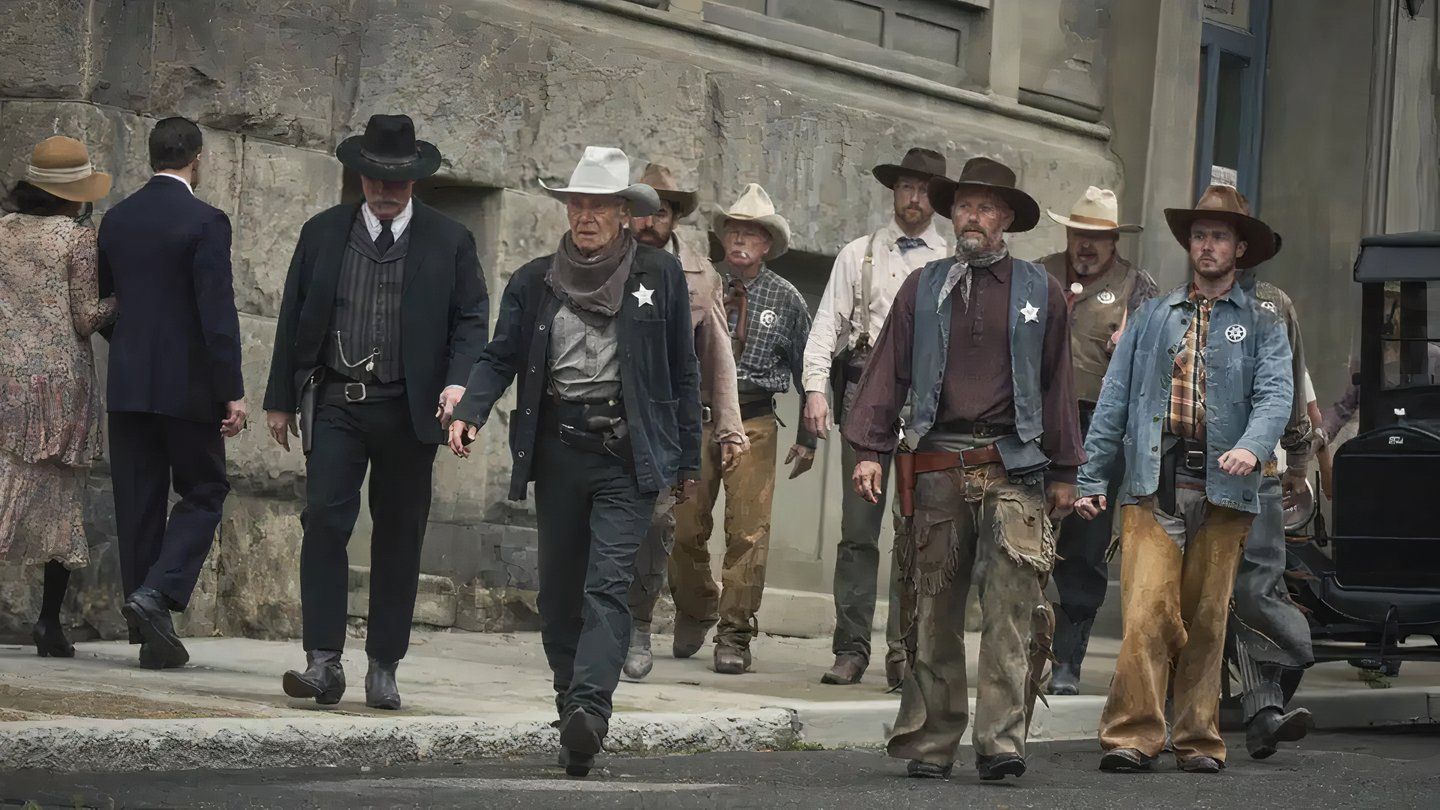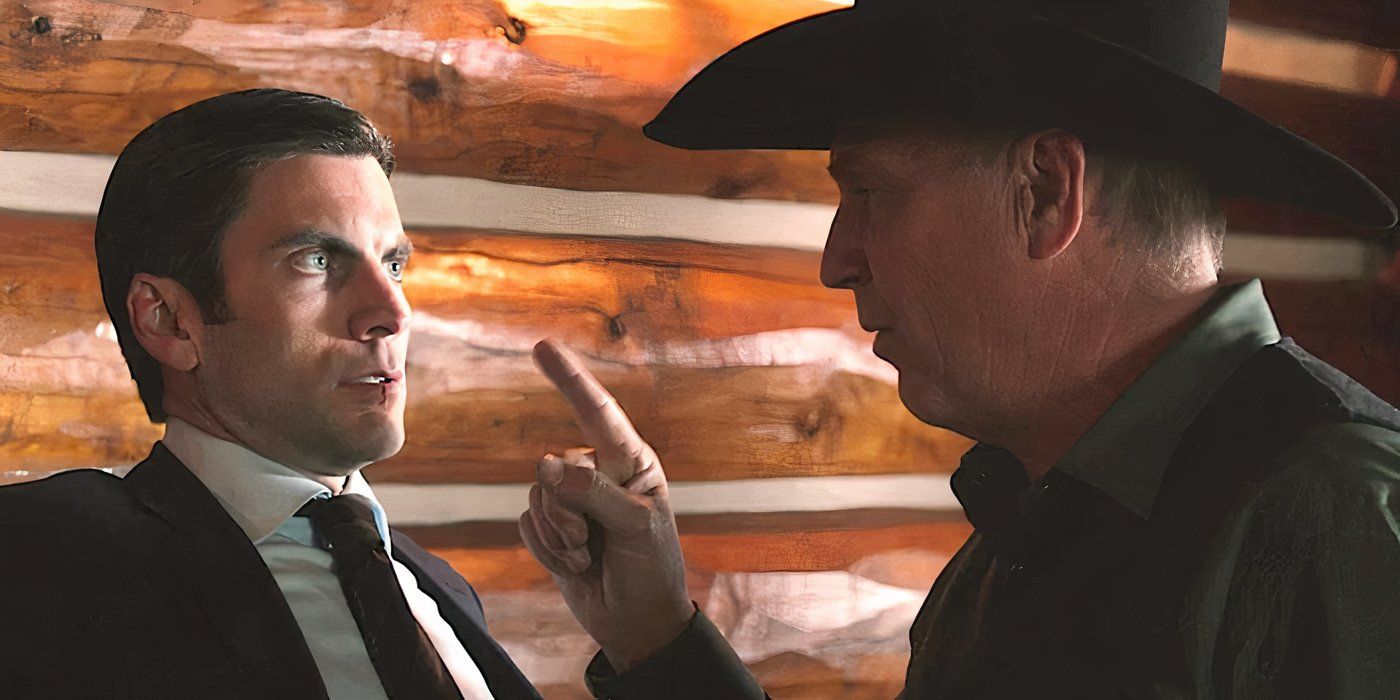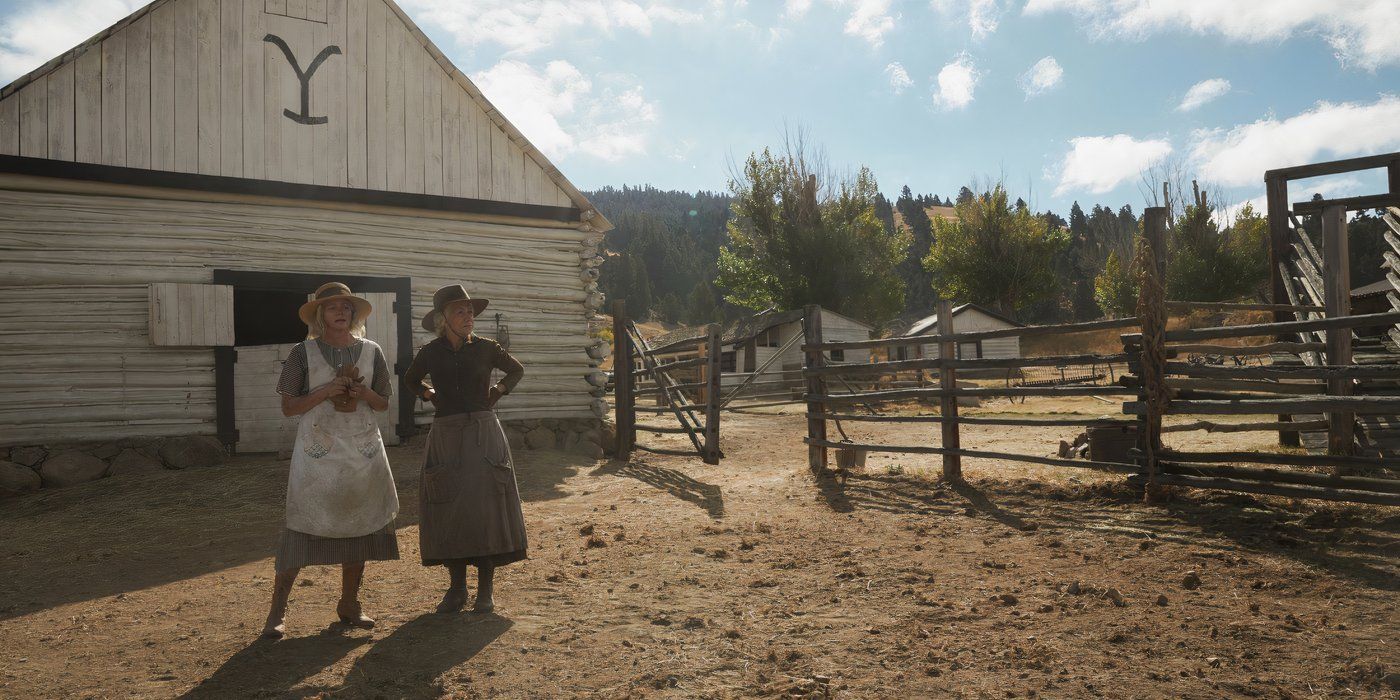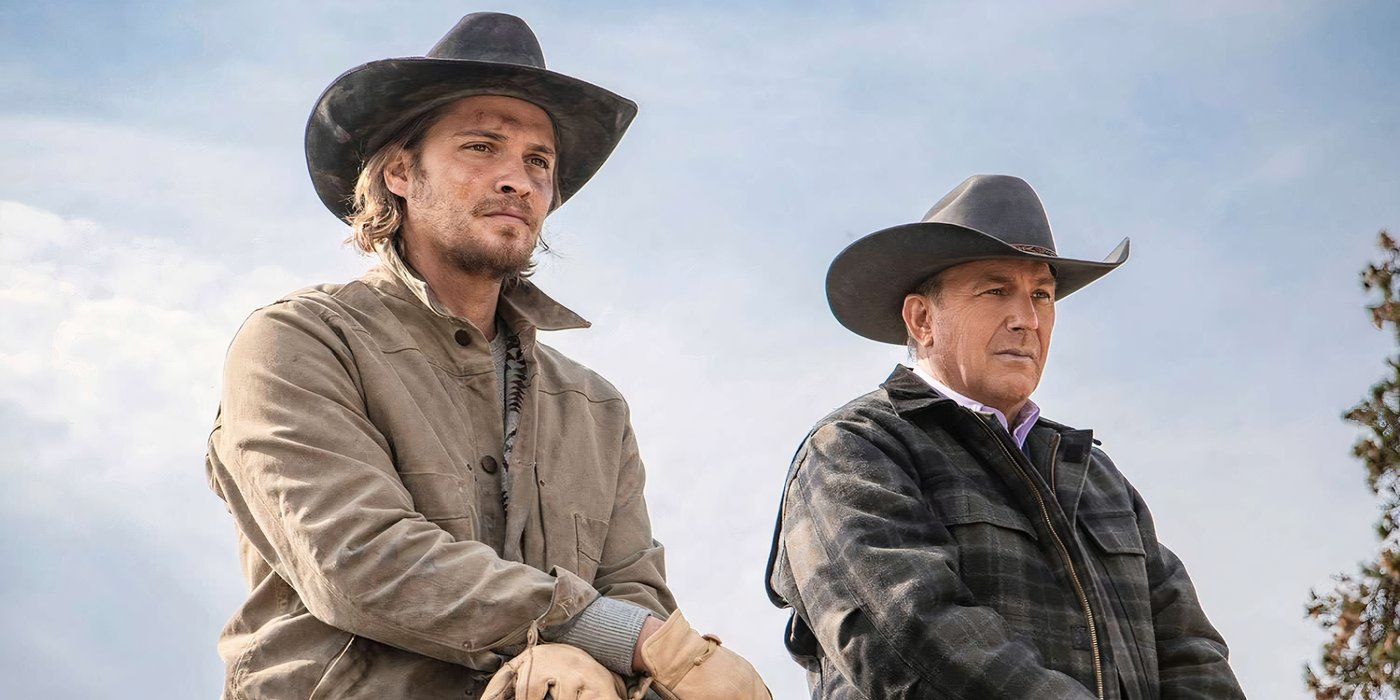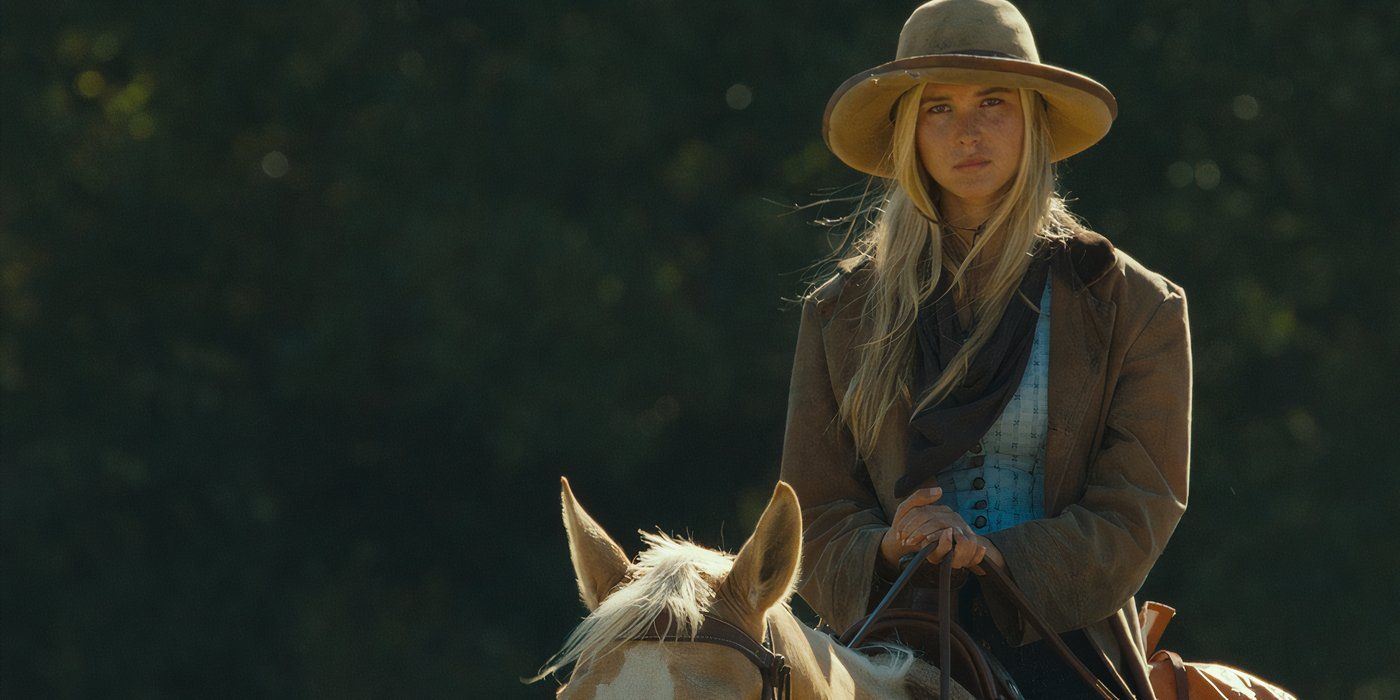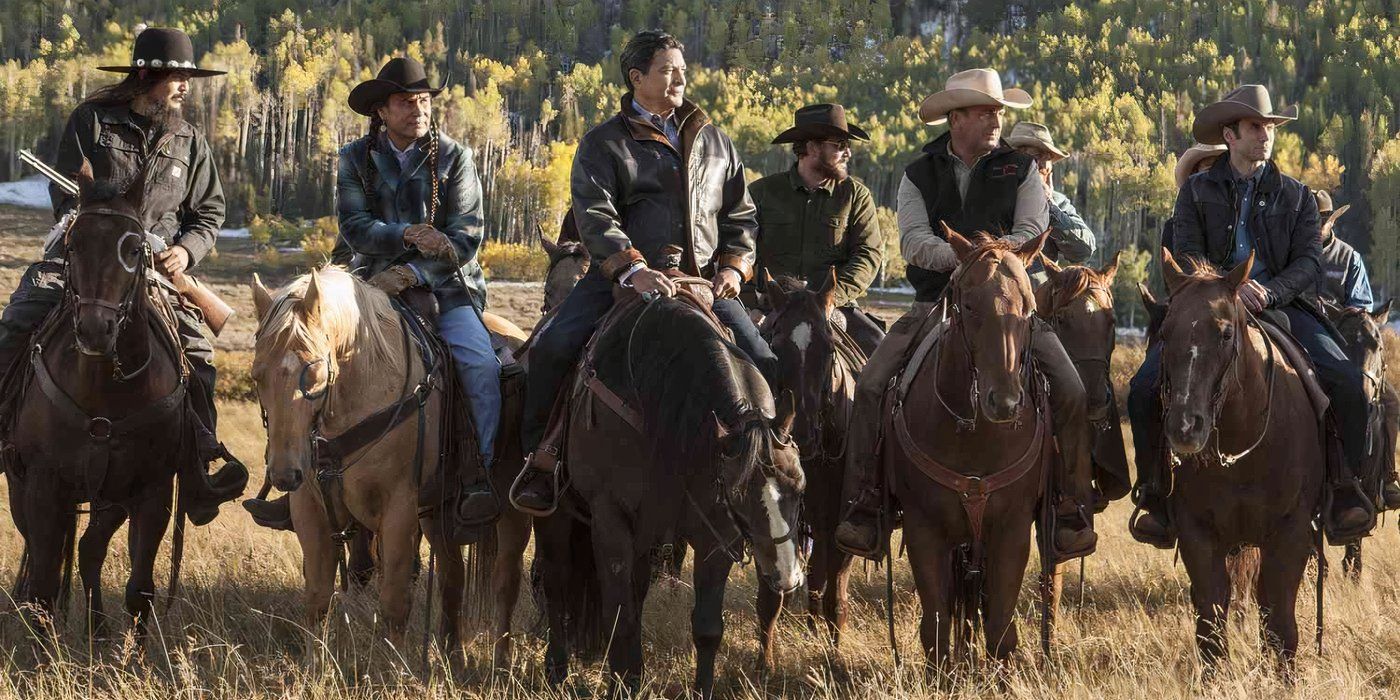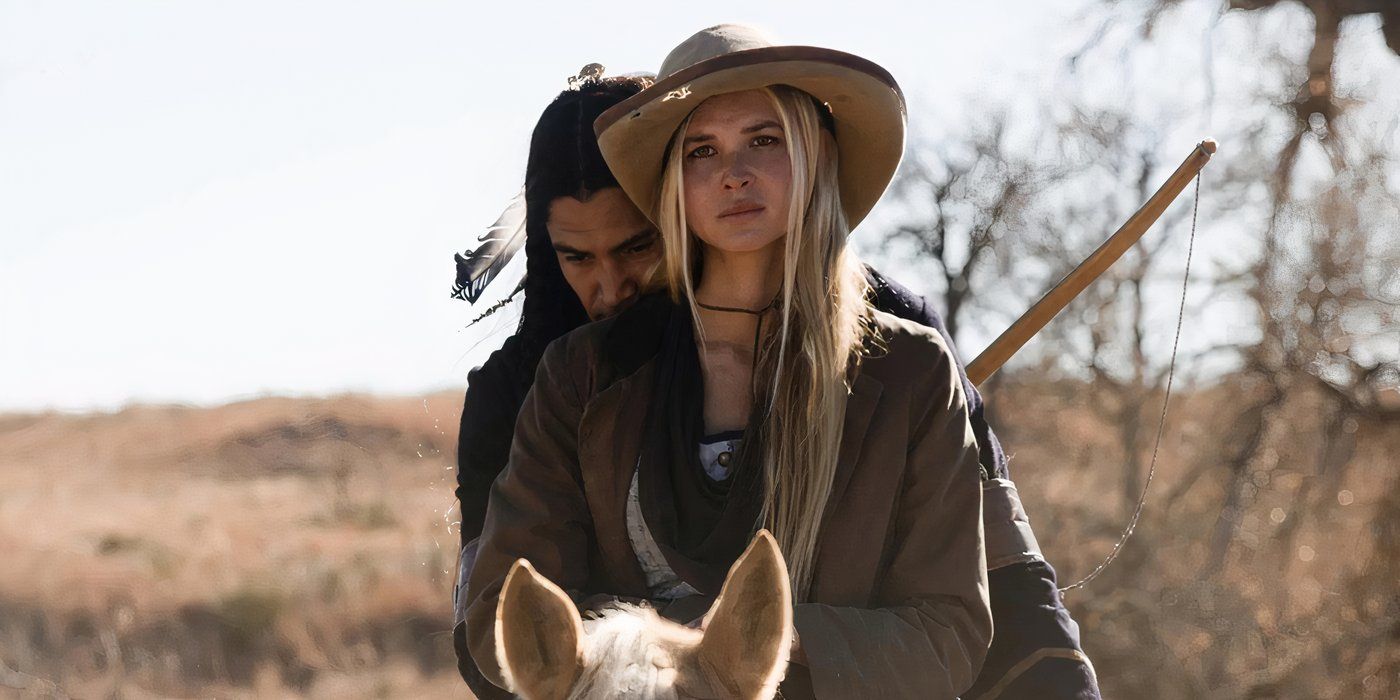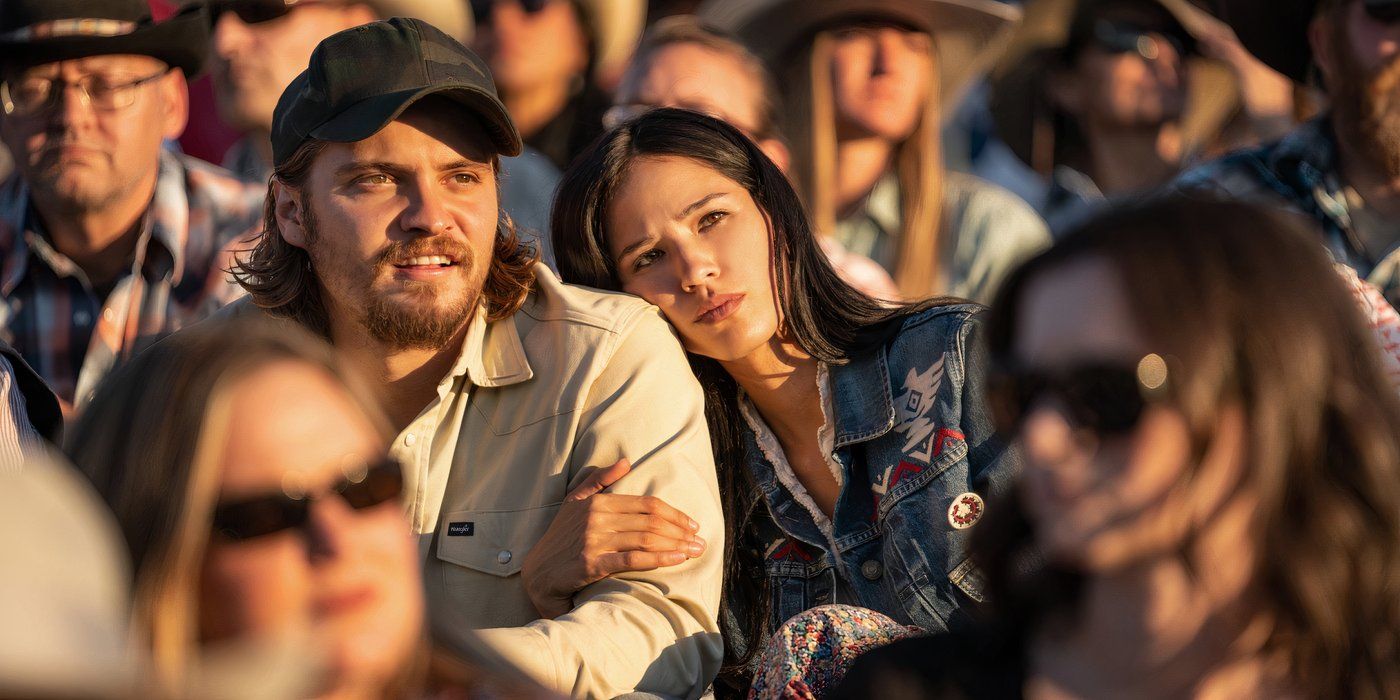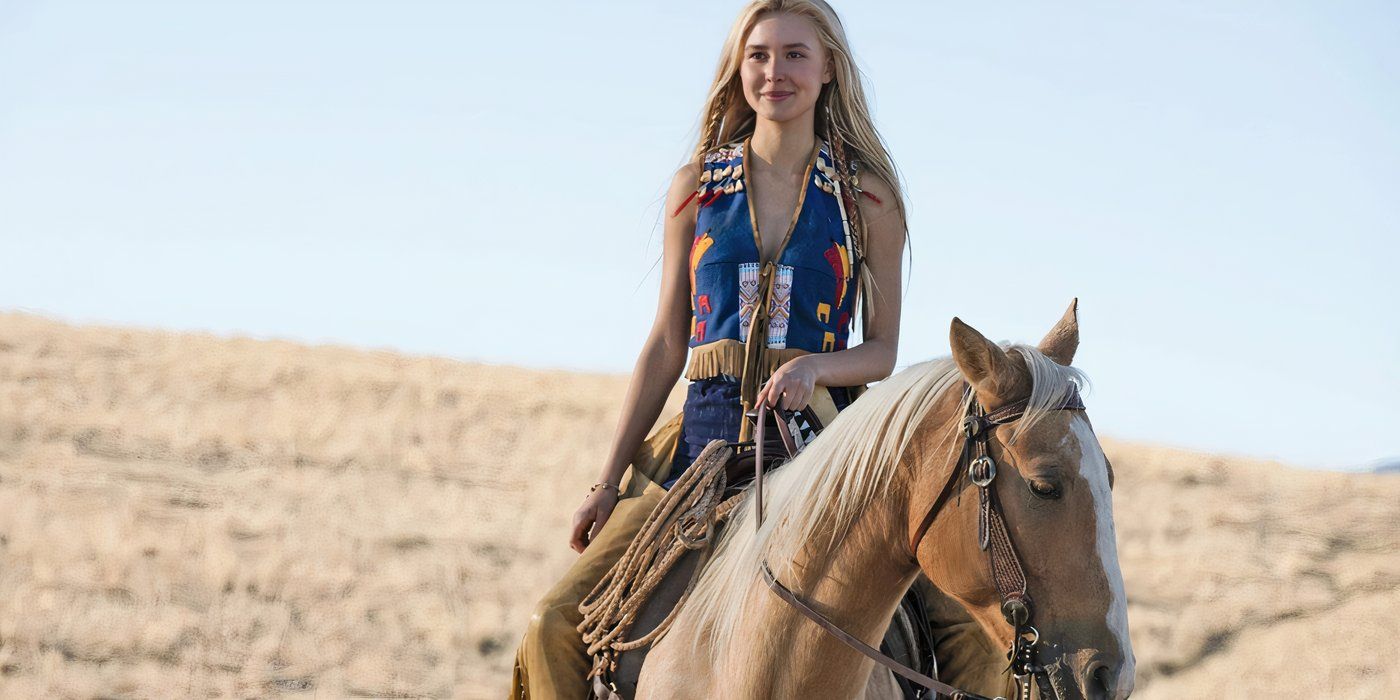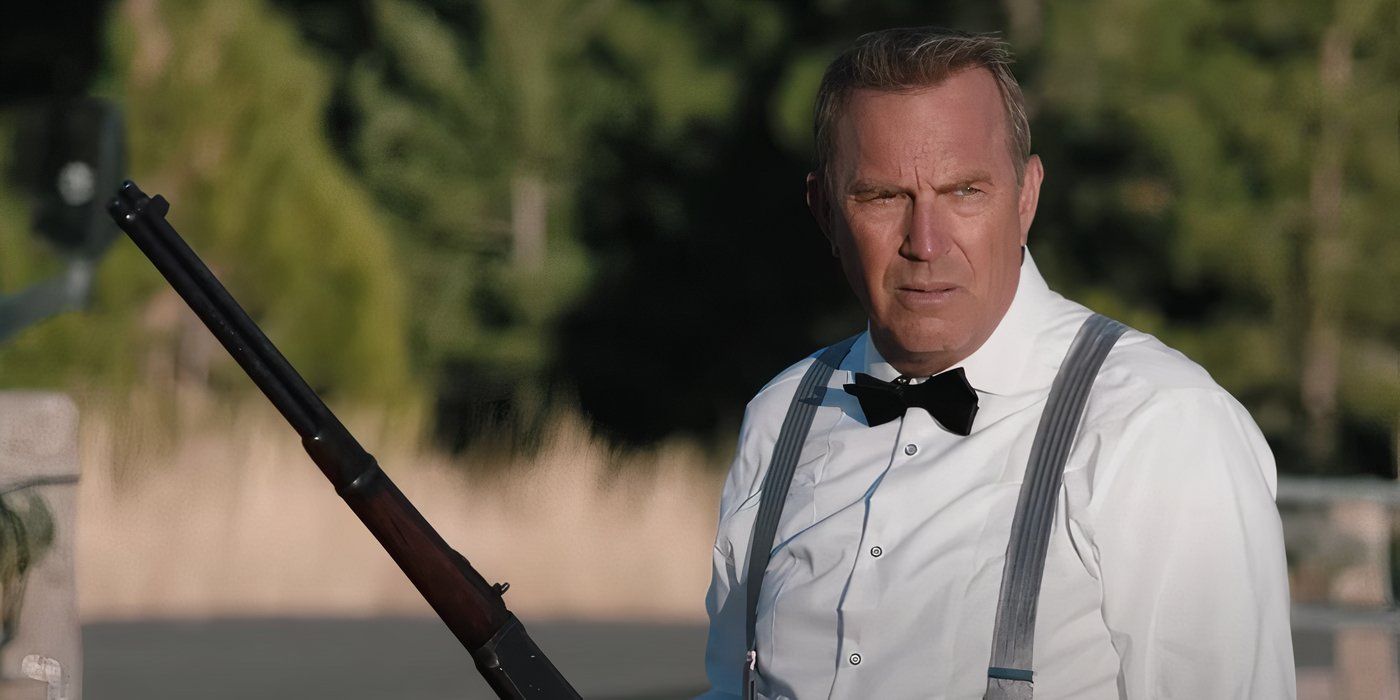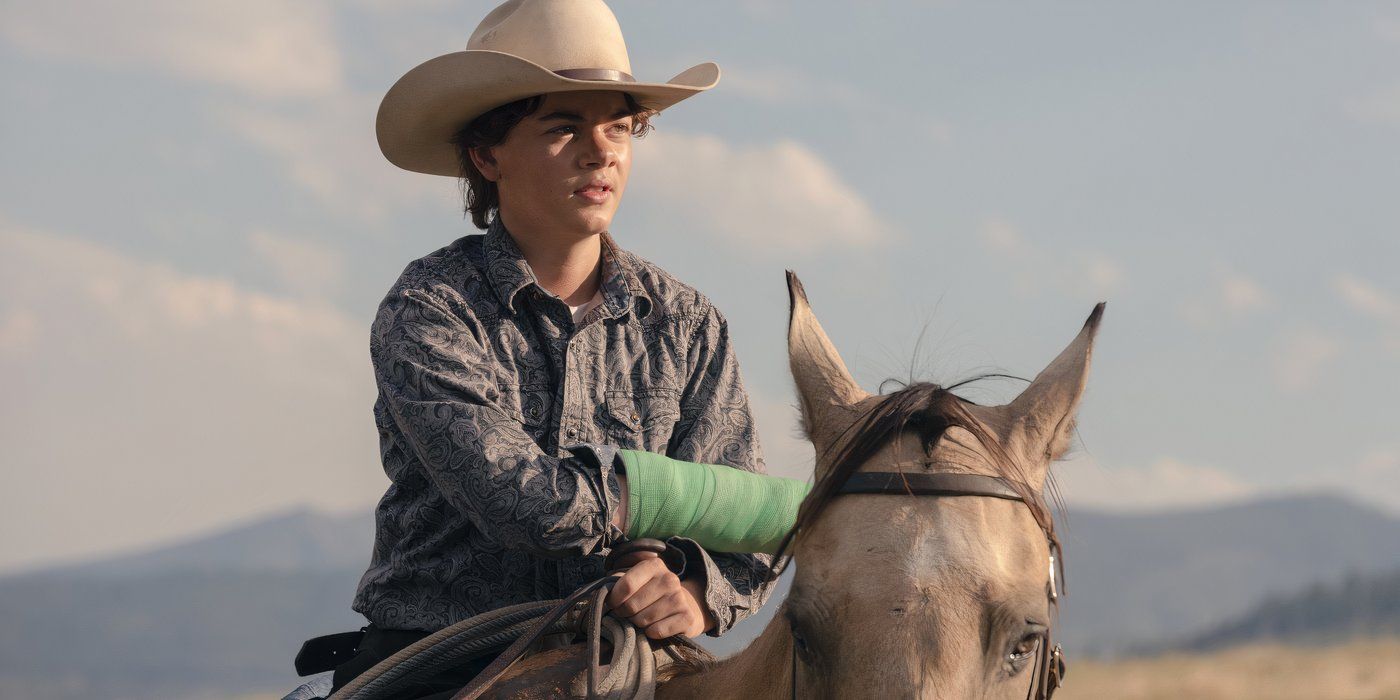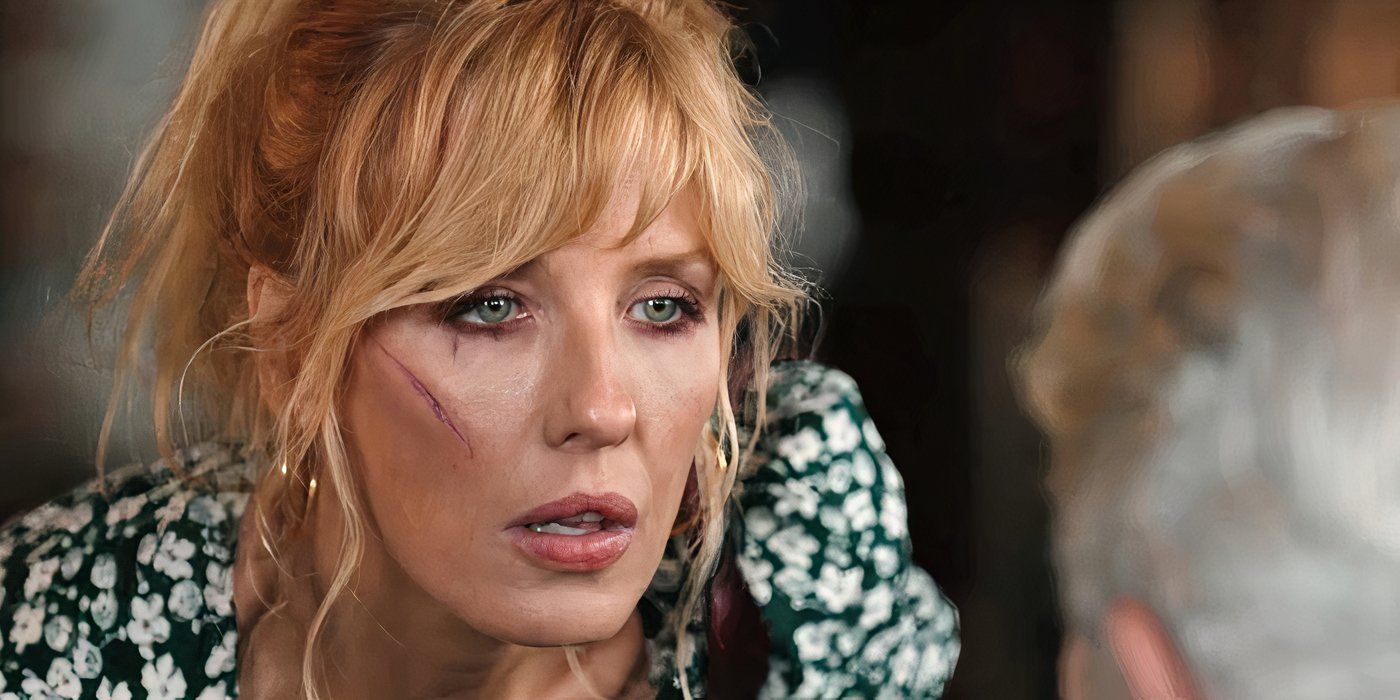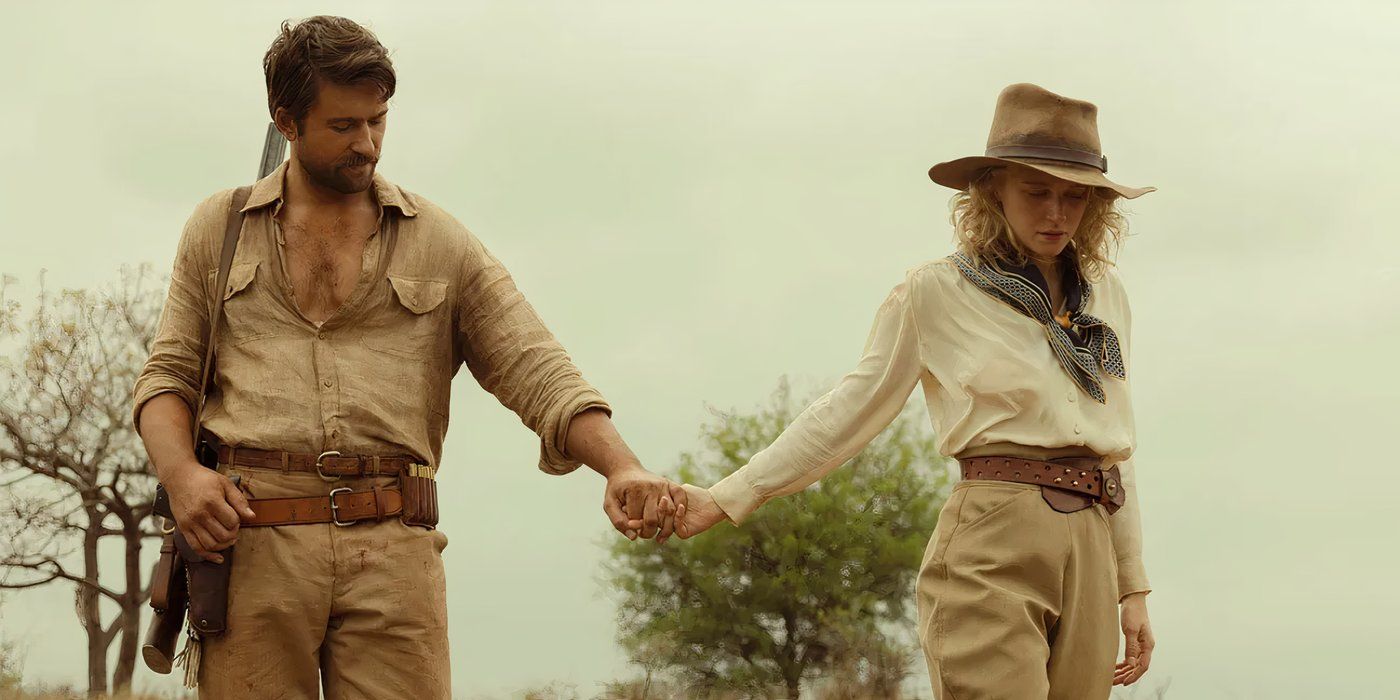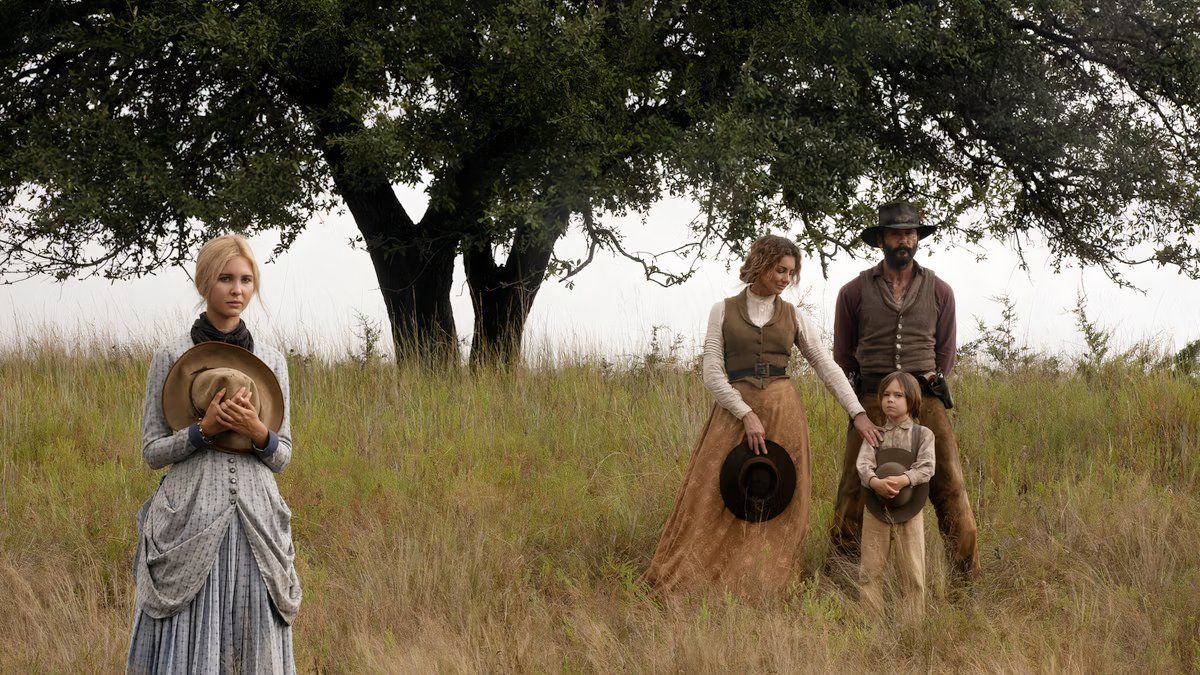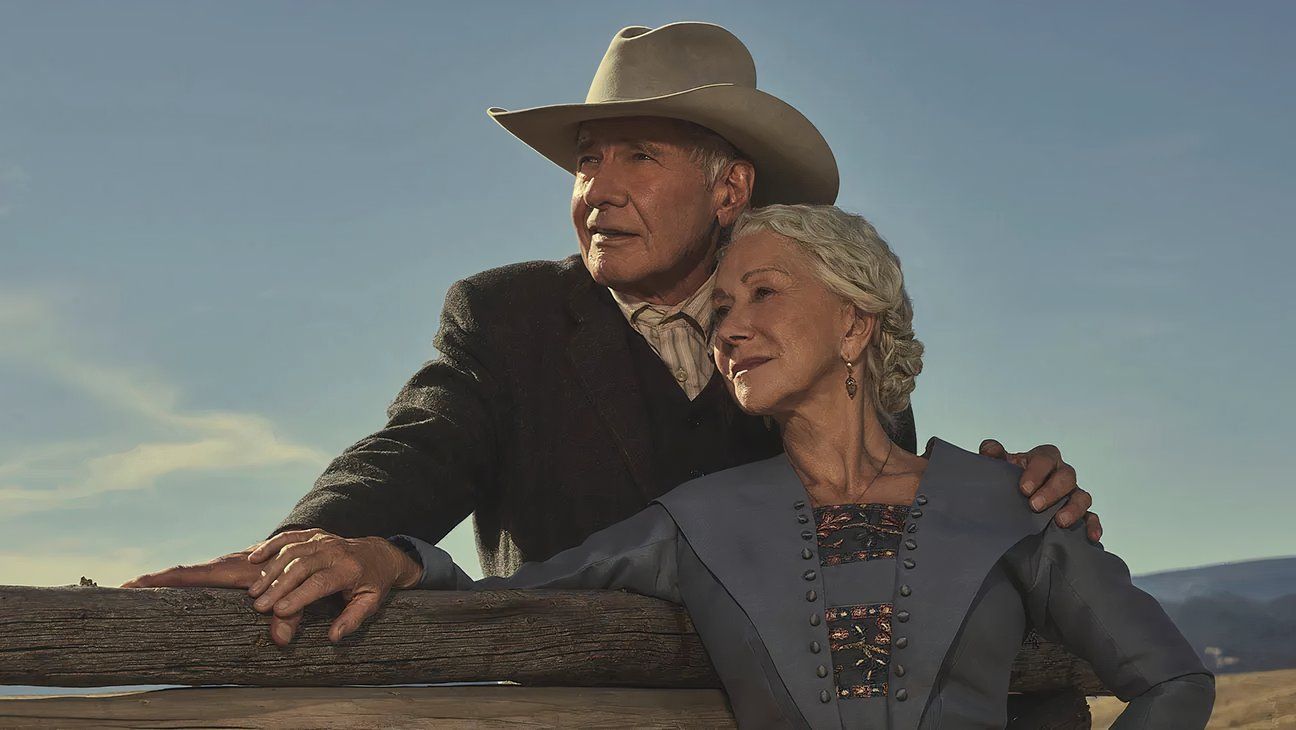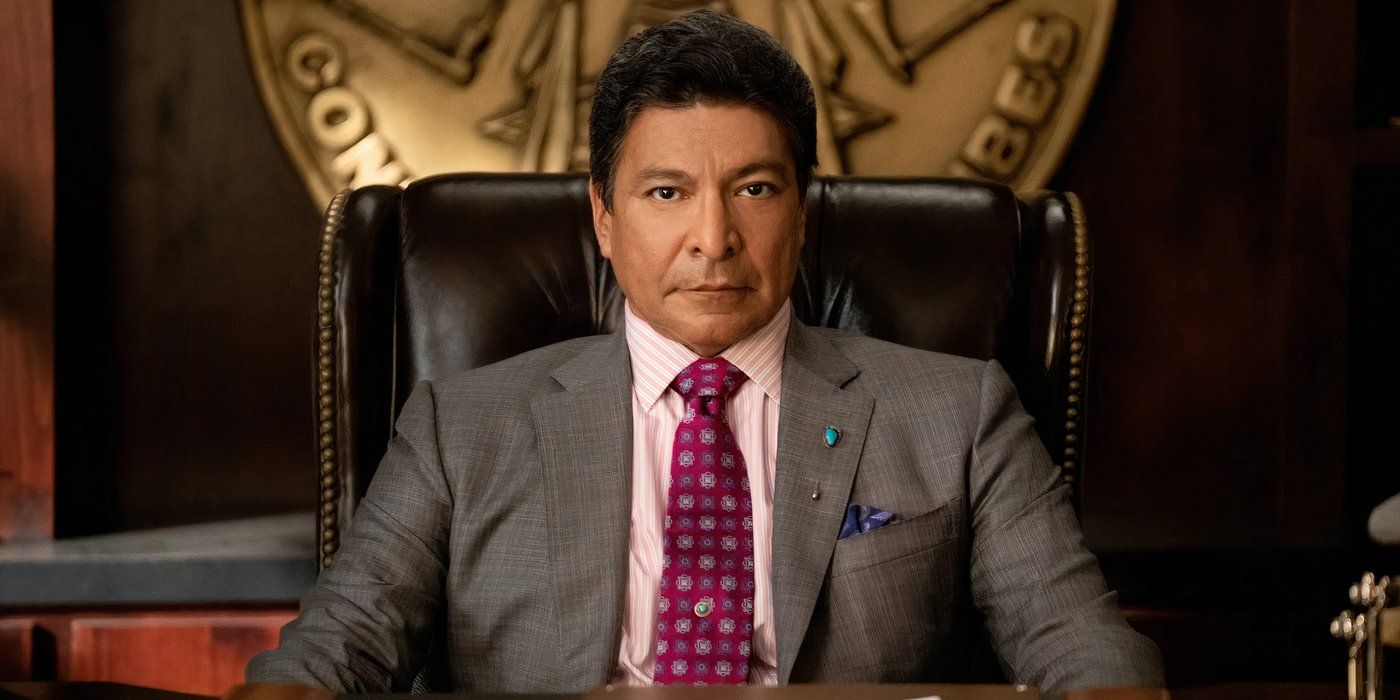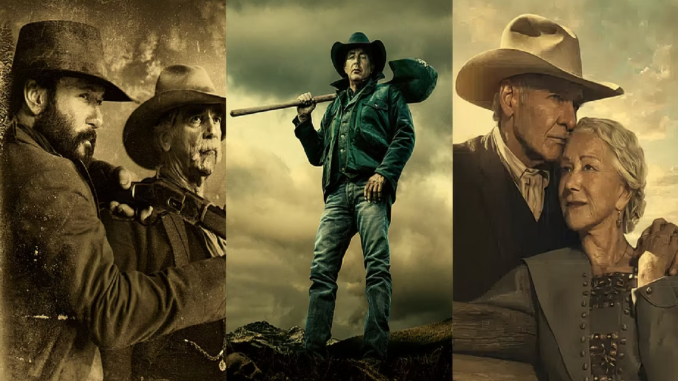
When Taylor Sheridan’s Yellowstone series premiered back in 2018, it was highly regarded for bringing a specific kind of contemporary Western to television. Little did audiences know that it would also be the start of a “Taylor Sheridan Universe” of shows on Paramount+. While each Sheridan series is great in its own way, the greatest of them are Yellowstone and its spin-offs. For a writer who thrives in the Western genre, telling stories in the conventional Western design was always going to be a must for Taylor Sheridan. He took it a step further.
With the ability to finally play in a quintessential Western arena, it made sense to connect each spin-off’s storyline to his already mega-popular Western family, The Duttons. The first spin-off/prequel, 1883, was released in 2021 and followed the first generation of Duttons as they made the move westward. Sheridan had planned to continue this series but was told by executives that it would not last beyond one season. They changed their tune well after Sheridan had already killed all the characters. His reaction to this was the 1922 sequel/prequel/spin-off 1923, which followed the next generation of Duttons in prohibition-era Montana. Each series is great for different reasons, but all have undeniable connections to one another that only die-hard fans recall.
10.The Duality of a Dutton Is a Consistent Theme
Appears In: Yellowstone, 1883, 1923
In all three Yellowstone shows there is a consistent theme of the Duttons that defines them. For the sake of having more control over their situations, the Duttons, in many cases, are equal parts elected officials for the law and unpredictable criminals lawlessly doing whatever is necessary to protect what’s theirs. Playing both sides of the law has allowed the Dutton Ranch to withstand threats on both sides of that line more effectively. Working on both sides has also meant multiple moments of characters wrestling with their own morality, as their intentions are always good, but circumstances often force tough decisions.
Although 1883 is a different kind of story altogether, protagonist James Dutton, played by Tim McGraw, utilizes the title and badge of a lawman from time to time in order to aid his allies and gain support for his goal of traveling westward. Furthermore, ten years later, after establishing a ranching presence in Montana, James officially became a deputized ranger. In 1923, James’ brother Jacob Dutton, played by Harrison Ford, was the first livestock commissioner in the history of the Dutton family and utilized the title to his advantage. In Yellowstone, John Dutton was livestock commissioner and later Governor of Montana, while his sons Kayce and Jamie had titles such as livestock commissioner and attorney general. As for their criminal activities, the constant bloodshed in each series speaks for itself.
9.Farming and Ranching Is Their Livelihood
Appears In: Yellowstone, 1883, 1923
The Yellowstone Dutton Ranch is the central location and main point of emphasis for the plot and the characters in Yellowstone and its spin-offs. While the land itself is desirable to outsiders for multiple reasons, its importance to the Dutton Family is a lot more personal: it’s how they make a living. Whether it’s basic farming or livestock ranching, the Duttons have built an entire empire on the backbone of their most important contribution to the state of Montana. As one of many ranching families, The Duttons often engage in various activities surrounding their trade in all three Yellowstone series.
In 1883, James Dutton and his family had a simple goal of moving westward and starting a new life together on the great plains of Montana. Wishing to settle down and make a living farming, the first generation of Duttons are a baseline pre-cursor to the ranching family they will eventually become. In 1923, Jacob Dutton and his nephews were the next wave of Duttons building upon what James started. Officially established in Montana, the early days of the Dutton Ranch compare greatly to the modern-day version audiences see with a blossoming ranching empire on the rise. The Duttons continue to do what they do and protect their land from anyone trying to take it away. In Yellowstone, ranching is how the Duttons survive and thrive, even if the threats are greater than any previous generation had to endure.
8.There’s Always a Reluctant Hero or a Hesitant Heir
Appears In: Yellowstone, 1883, 1923
A running theme of Yellowstone and its spin-offs is that, at one point or another, audiences learn of the importance of a character in the Dutton family who goes against the grain of what their parental figures desire for them. Running a ranching empire or aspiring to a greater running existence and legacy of the family means that the next generation becomes more important than the current one. With a great many conflicts and powerful threats emerging on a regular basis, it makes sense why some Duttons may want to pursue a different path and a different life for themselves.
In Yellowstone, one of the first initial plot points that is introduced is the reluctance of the key character Kayce Dutton to conform to the wishes of his father to become the future of his family’s dynasty. Although this slowly changes over the course of the series, the estranged relationship Kayce has with his father is not uncommon for members of the Dutton family. In 1883, it was Elsa Dutton who often went against the wishes of her parents, looking to be more than just a proper lady of the family. In 1923, the story revolves around the idea of a prodigal son returning as it’s Spencer Dutton who is estranged from his family and reluctant to follow a path previously set for him by his family.
7.A Knife Is Passed Down From Sister to Brother
Appears In: 1883, 1923
Even though it hasn’t yet appeared in the original Yellowstone series, there is a piece of memorabilia that is passed down from sister to brother in the Yellowstone spin-offs. The passing down of valuable family heirlooms is not uncommon for the Dutton family. The Dutton estate is full of generational callbacks that haven’t been further expanded on thus far. There is, however, one particular piece of the past that shows up a couple of decades later in the hands of a Dutton.
In 1883, Elsa Dutton eventually finds love after looking for it for most of the season. She finds it in the form of a Comanche warrior named Sam, and along the way also conforms to many of Sam’s cultural traditions. At one point, Elsa is gifted a Comanche knife that she carries throughout the rest of the series up until her death. In 1923, Elsa’s younger brother, Spencer, is revealed to be in possession of the same knife that Elsa once wielded. It might be a subtle nod, but it connects two Yellowstone series through two characters who are more connected than they appear.
6.The Duttons Have Native American Allies
Appears In: Yellowstone, 1883
Elsa Dutton’s knife is not only a foreshadowing of familial possessions passed down, but also of family traditions that seem to carry throughout generations of the Dutton family’s story. While the Duttons and the Comanche people of Montana have often been enemies, fighting over the land they both inhabit, they are more often than not actually allies fighting the same enemies who pose a threat to their sacred territory. The theme of discrimination against Native Americans is consistent throughout Yellowstone and its spin-offs and comparisons are often made between the Duttons and their Comanche Tribe counterparts.
In 1923, there are not many nods to the Duttons allying themselves with the Comanche people of Montana, but this element is very predominantly covered in Yellowstone and 1883. With various threats to the Dutton Ranch and the possibility of losing their land, comparisons are often made by the Comanche people that the Duttons are as oppressed by exterior invaders as they are. Meanwhile, audiences are introduced to this shaky alliance early on in Yellowstone, as Kayce is married to Monica and the two have to balance the two worlds they come from throughout their relationship. As the series goes on, John Dutton allies himself with Thomas Rainwater, a casino owner and leader of a local tribe in contemporary Montana. As mentioned, in 1883, this theme is present as the Duttons are united with a Comanche tribe through the marriage of Elsa and Sam. This element of the three shows will likely be continuing in future seasons and spin-offs.
5.A Strange New World Makes Its Way to the West
Appears In: Yellowstone, 1923
A constant, running theme of Yellowstone is the presence of encroaching outsiders from various other regions of America. From New York to Los Angeles, Montana locals are often fending off outside people for the sake of upholding their long-standing traditions. While defending their home is one thing, the Duttons also find themselves defending their philosophies and belief systems from overwhelming urbanization. The West being a younger territory of America than the East, it was also common for early Montana communities to push back against changes that were occurring elsewhere and making their way west.
In Yellowstone, this through-line of dramatic conflict comes in the form of business and corporate powerhouses trying to impose their will upon Montana and the sacred land it inhabits. This is either people trying to take the land and turn it into bustling city landscapes or seemingly harmless citizens building homes and estates on the land. The result is the same, having no consideration for the effect it may have on the ranching lifestyles of local families that already live there and have lived there for generations. In 1923, there is an early example of encroaching “new world” philosophies and technologies moving west when the Duttons marvel at East-Coast advancements in common household appliances like ovens and dishwashers. Yet, instead of embracing these ideas, the Montana locals push back against them.
4.A Trusty Steed Goes a Long Way
Appears In: Yellowstone, 1883, 1923
While it kind of goes without saying, a series about ranching or Western characters is most likely going to include horses. That’s the case with Yellowstone and its spin-offs, as all include horses and their tremendous impact on the characters and their lifestyles. Whether for ranching purposes, showing, or just getting around, multiple characters have made a point of mentioning how essential the connection is between a cowboy and a horse.
While horses are prominent in all three Yellowstone series, they are all shown in different capacities, highlighting the various ways that horses are used in the world of cowboying. Kayce Dutton is the first character audiences see making a point of emphasizing a horse’s purpose, as he is tasked with training one for his father. In 1883, the Duttons and their fellow travelers need horses to make the trip westward as well as for other excursions outside their camp. In 1923, horses serve a similar purpose to what audiences see in the original series, used for cattle and other cowboy situations. Furthermore, the training of horses in general becomes a key part of what makes someone a good or great cowboy. Yellowstone also shows horses used for reining shows, rodeos, breeding and traveling purposes.
3.The Land Is God to the Dutton Family
Appears In: Yellowstone, 1883
If there is one thing that remains true for the people of Montana, it’s that the land is God. Whether for the wildlife that inhabits it, the livestock lifestyles that rely on it, or the reservation that has lived on it longer than anyone else, the land is God in Yellowstone in more ways than one. This is also an element of the Yellowstone universe that characters seem to know very well. They fight to defend this belief against those who look to destroy it. Serving different purposes for different characters, the “land is God” ideal of Montana remains a connection between all the Yellowstone series.
It’s said by multiple characters in the shows, but Beth Dutton makes the point of emphasizing this in Yellowstone when Rip asks her what she believes. She responds by saying that heaven is right here, and so is hell:
One person can be walking the clouds right next to someone enduring eternal damnation. And God is the land.
Meanwhile, this philosophy is reiterated by a Dutton when the story takes a look into the past. Elsa Dutton in 1883 witnesses death and proceeds to tell the audience that she doesn’t have the heart to tell this person that there’s no heaven to go to. “…Because we’re in it already. We’re in hell too. They coexist right beside each other. And God is the land.” This subtle but important connection between Yellowstone and its spin-offs might be its most important yet.
2.War Heroes Become Hometown Heroes
Appears In: Yellowstone, 1883, 1923
A subtle nod to the kind of personalities and skills that Duttons might require to successfully defend their ranch is present in all three Yellowstone shows and thematically connects them. It can take serious fighting forces to defeat the encroaching enemies of the Yellowstone Ranch, which is why, more often than not, there is a character on each of the shows who has fought in more wars than just the one they’re fighting back home. Perhaps to some degree, the Yellowstone Ranch might not have survived multiple generations and become a ranching empire without someone like this there to defend it.
Each series in this interconnected Taylor Sheridan universe has a protagonist or major character who has served their country and fought in a war. In 1883, Tim McGraw’s James Dutton fought in the Civil War and saw much bloodshed before finally getting back home to his family. In 1923, Brandon Sklenar’s Spencer Dutton was a veteran of World War I or “The Great War” and found himself coping with his experiences and neglecting a return home throughout the season. In Yellowstone, Luke Grimes’ Kayce Dutton served and fought in the Iraq War and became a key fighting force for his father throughout the multiple conflicts portrayed in the series. Each of these characters becomes crucial for the survival of the Dutton Family Dynasty.
1.The Yellowstone Series Is a Story of Families Through Multiple Generations
Appears In: Yellowstone, 1883, 1923
Perhaps the greatest obvious connection between Yellowstone and its spin-offs is that the story is told as a whole collection of a family’s history. Furthermore, there are mentions of other major characters from one show being connected to other major characters from another. The family element is the most important of the three Paramount shows and every character from each is connected to other characters in specific ways. For the most part, it can be hard to keep up with who’s related to who and how they’re related. This is the case for the Dutton family, but for characters such as Thomas Rainwater as well.
As it stands, it appears that James Dutton in 1883 is the great-grandfather of Kevin Costner’s John Dutton, making Elsa Dutton his great aunt, and Jacob Dutton, from 1923, his great-great uncle (James is the father of Elsa, John I, and Spencer). This also makes Spencer Dutton from 1923 the most likely candidate for John Dutton’s grandfather, as John I’s son is named Jack, and John (John III/Costner) had a father also named John (John II). Spencer and Alexandra’s son would go on to become John Dutton II, who is played by Dabny Coleman in Yellowstone flashbacks. As for the key Yellowstone character Thomas Rainwater, his grandmother Teonna Rainwater appears in 1923, giving backstory to the families of other important characters in the series as well. The ancestral connection between characters is at the heart of the series.
